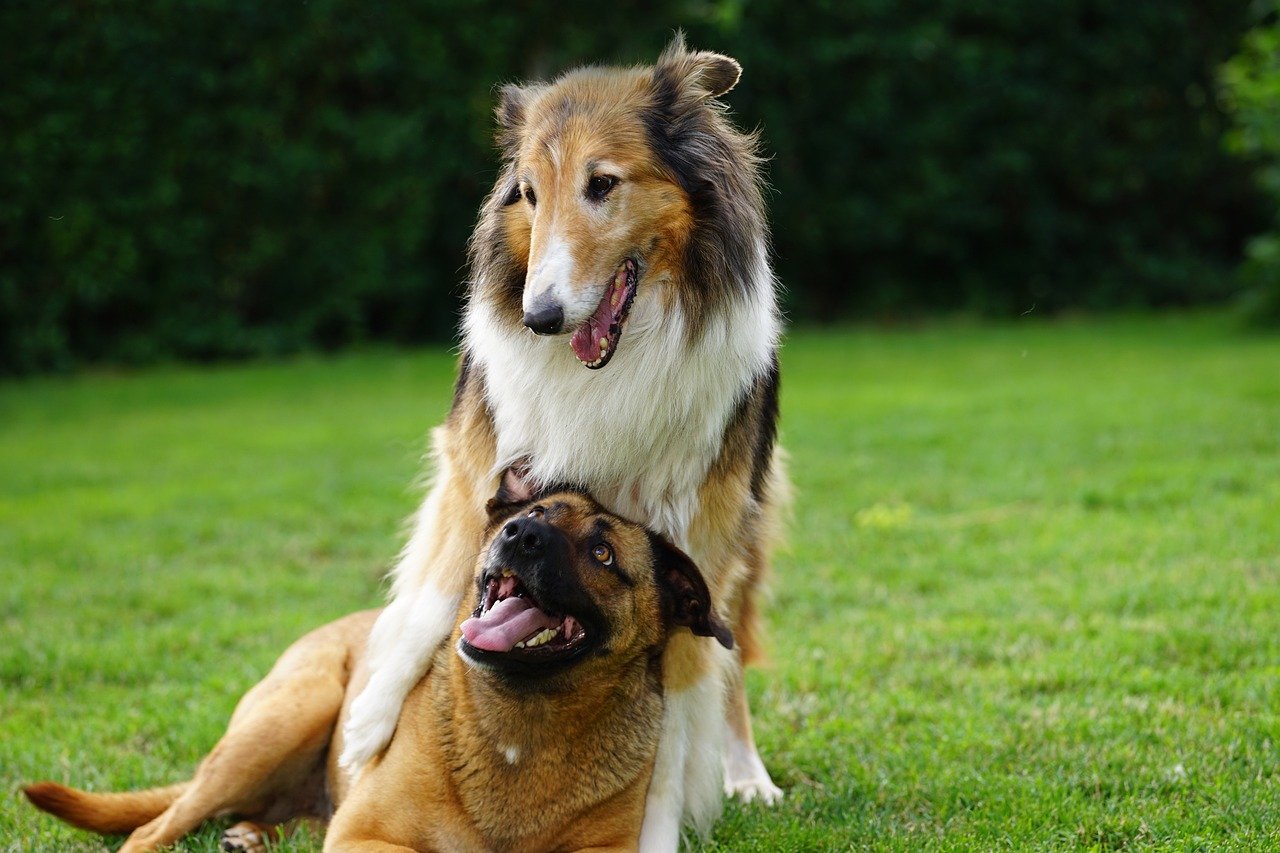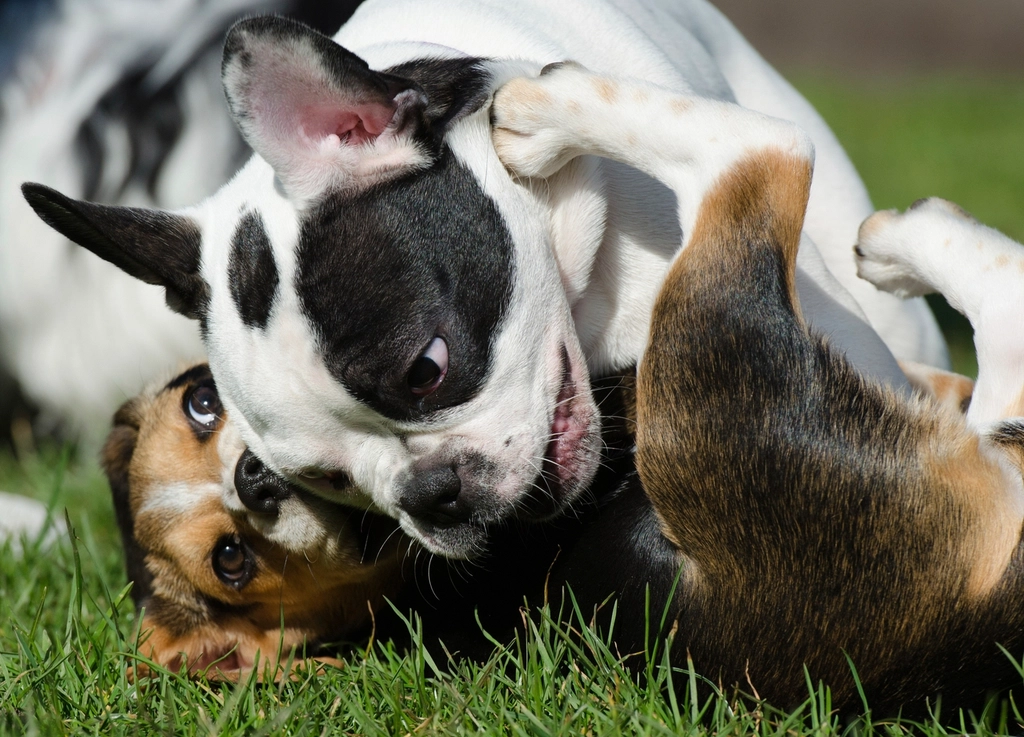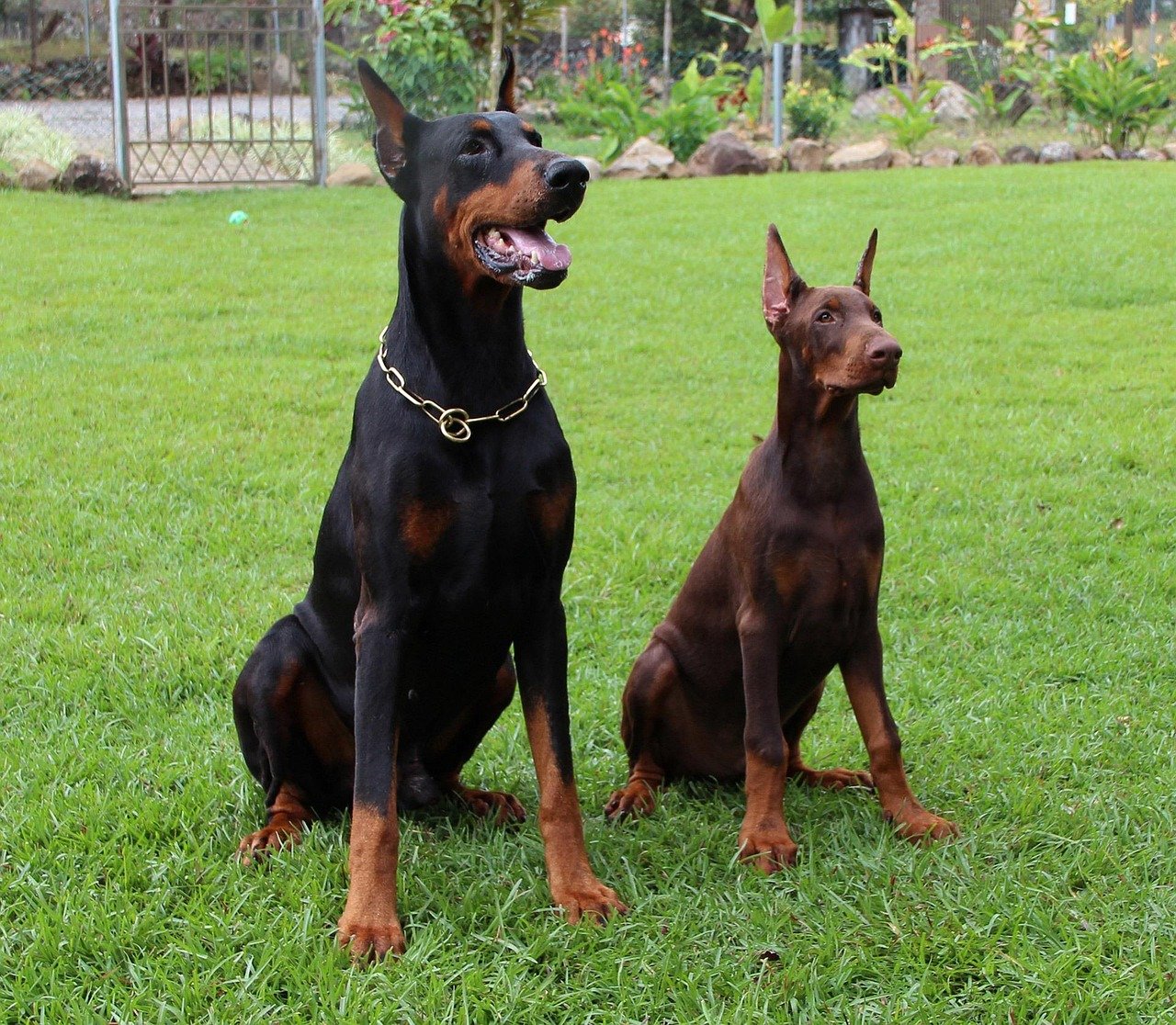Have you ever watched two dogs interact and wondered if their different personalities could ever truly blend? It’s a question that tugs at every dog lover’s heart—can a bold, headstrong pup share a happy home with a gentle, peace-loving companion? The answer might surprise you. The dynamic between dominant and submissive dogs isn’t just about who gets the first treat or the comfiest spot on the couch. It’s a fascinating dance of body language, trust, patience, and understanding. Let’s dig into what really happens when opposites attract in the canine world and whether harmony is possible under your roof.
Understanding Dominance and Submission in Dogs
Introducing a dominant dog to a more submissive companion can raise questions about their ability to coexist peacefully. While dogs have unique personalities and social dynamics, it’s natural to wonder whether these differences in temperament will lead to tension or harmony. In some cases, a dominant dog may assert their leadership, while a submissive dog might defer. But does this mean they can’t live together happily? The answer is more complex than it might seem.
When people talk about dominance and submission in dogs, they often imagine one dog bossing around another. In reality, these traits are more about natural tendencies than power struggles. A dominant dog might be confident, assertive, and sometimes pushy, while a submissive dog tends to be more accommodating and eager to please. These are just different ways dogs express themselves and communicate. It’s not about one being “better” than the other. Sometimes, dominance shows up as a dog who wants to lead the walk or claim the toys, while submission might look like a dog rolling on its back or waiting for cues. Both behaviors are normal and can be healthy if managed well. Recognizing these patterns is the first step to fostering peace between two very different canines.
The Natural Balance of Pack Dynamics
Dogs are social animals, and their ancestors thrived in packs with clear social structures. In a pack, each member has a role, and not every dog wants to be the leader. When a dominant and a submissive dog live together, they often fall into an instinctive balance. The dominant dog may take the initiative, while the submissive one is content to follow. This natural arrangement can prevent constant fighting over status, as both dogs have their needs met in different ways. Packs in the wild survive because of cooperation, not endless competition, and your home can mirror that harmony. Just as in a group of friends, some dogs are outgoing, while others are happy to let someone else lead the way.
Recognizing Healthy and Unhealthy Interactions
It’s important for owners to learn the difference between healthy dominance and bullying. Dominant behavior doesn’t mean aggression; it’s more about confidence. Watch for signs that your dominant dog is setting boundaries, like calmly claiming a favorite spot or leading during walks. However, if you see intense staring, snapping, or resource guarding, that’s a red flag. Submissive dogs may show belly-up postures, licking, or avoiding eye contact. If the submissive dog seems fearful or stressed, intervention is necessary. Healthy interactions are calm and respectful from both sides. Dogs should be able to eat, play, and relax without one overwhelming the other. It’s a bit like two siblings learning to share toys—they might squabble, but they also learn to respect each other’s space.
Introducing a Dominant and a Submissive Dog
The first meeting between a dominant and a submissive dog sets the tone for their relationship. Introduce them on neutral ground, such as a park or a neighbor’s yard, to avoid territorial disputes. Keep both dogs on leashes, but allow them enough slack to sniff and interact. Watch their body language closely. If both dogs seem relaxed and curious, you’re off to a great start. Avoid forcing them together or scolding them for natural curiosity. If either dog shows anxiety or aggression, calmly separate and try again later. Patience is the key. Sometimes, dogs need a few meetings to settle into their roles and feel comfortable around each other.
Establishing Household Rules and Routines
Consistency is crucial when blending dogs with different personalities. Set clear rules for both dogs, and make sure everyone in the household enforces them. Feed the dogs at the same time but in separate spaces to prevent food guarding. Give each dog its own bed and toys. Walk them together, but don’t let the dominant dog control the pace every time—sometimes let the submissive one lead. Structure and routine provide security for both dogs, reducing the chance of conflict. When both dogs know what to expect, their anxiety drops, and they can relax around each other. Just like children, dogs flourish when they know the boundaries.
Reading and Responding to Body Language

Dogs speak volumes with their bodies, far more than with barks or growls. A dominant dog may stand tall, tail up, and move confidently, while a submissive dog will lower its body, tuck its tail, or even offer a gentle lick. Learning to read these signals helps you step in before tension escalates. For example, if the dominant dog is hovering over the submissive one, gently redirect its attention. If the submissive dog seems cornered or stressed, give it a safe space to retreat. Responding calmly and quickly to these cues can prevent misunderstandings and build trust between your dogs. Think of it as learning a new language—once you understand the signs, harmony becomes much easier to achieve.
Encouraging Positive Interactions and Play
Playtime is a golden opportunity for dogs to bond and learn from each other. Choose games that both dogs enjoy, like tug-of-war with clear rules, fetch, or parallel walks. Supervise closely to ensure play doesn’t turn into bullying. Praise both dogs for gentle, friendly behavior. If things get too rough, call a timeout and offer a calming activity like a chew toy or puzzle feeder. Over time, shared play builds positive associations and trust. Like children on a playground, dogs learn boundaries and respect through fun, interactive experiences. The goal is for both the dominant and submissive dog to feel included and valued, no matter who’s got the ball.
Managing Resources and Preventing Conflicts

Resource guarding—protecting food, toys, or even people—is a common trigger for conflict between dogs. Prevent problems by providing separate feeding areas and plenty of toys. Avoid giving high-value treats when both dogs are together unless you can supervise closely. Teach both dogs to wait their turn for treats, attention, and walks. If the dominant dog starts to monopolize resources, gently redirect it and reward calm behavior. Submissive dogs should never feel pressured to give up their belongings. By managing resources fairly, you create an environment where both dogs feel safe and respected.
The Role of Training and Owner Leadership
Your role as the calm, confident leader is more important than any natural hierarchy between your dogs. Training both dogs using positive reinforcement builds trust, respect, and good manners. Teach basic commands like sit, stay, and leave it to both dogs, rewarding them equally. If one dog is pushier, practice impulse control exercises. Daily training sessions don’t just improve obedience—they strengthen your bond with each dog and reinforce that you’re the one in charge. With clear, consistent leadership, both dominant and submissive dogs can thrive together. Your guidance shapes the harmony in your household.
Knowing When Professional Help Is Needed

Sometimes, despite your best efforts, dogs just can’t find common ground. Signs like constant fighting, severe anxiety, or injuries mean it’s time to ask for help. Professional dog trainers or behaviorists can assess your unique situation and create a customized plan. Don’t wait until things get out of hand—early intervention can save a lot of stress for both you and your dogs. With expert guidance, even difficult relationships can often be improved. Remember, asking for help isn’t a failure—it’s an act of love and responsibility for your beloved pets.

Esther is from India; the heartbeat of South Asia, holding a Master’s degree in Zoology and a postgraduate diploma in Animal Welfare. Her enthusiasm for animal welfare drives her passion and dedication to working for animals, ensuring their well-being, and advocating for their rights. With a solid academic background and hands-on experience, she is committed to making a positive impact in the field of animal welfare. In her free time, she enjoys embroidery and sewing. As a Chennaite from Tamil Nadu, Esther loves Bharathanatyam, an Indian classical dance form.





